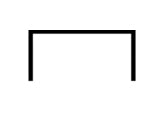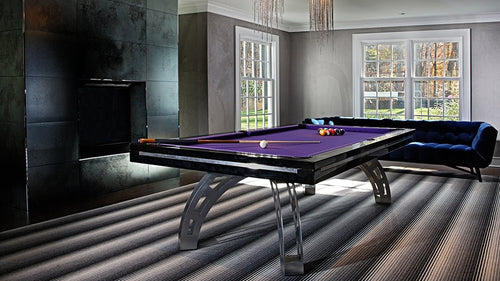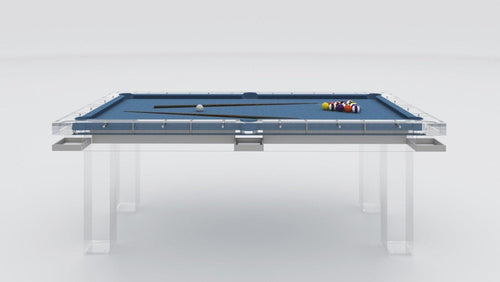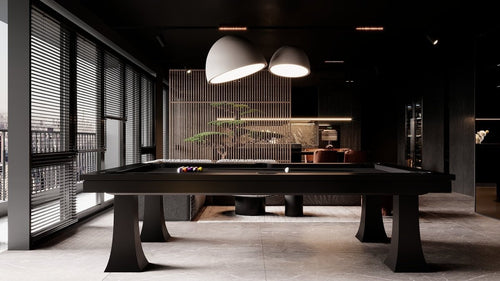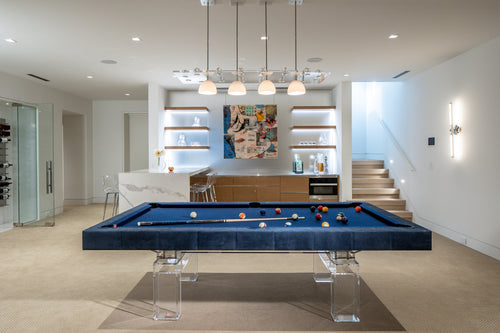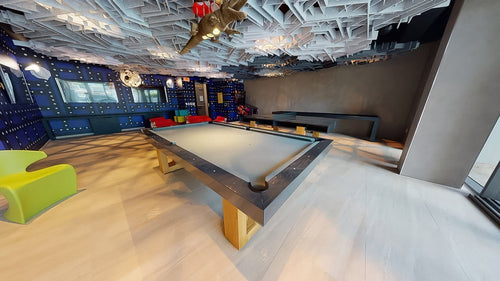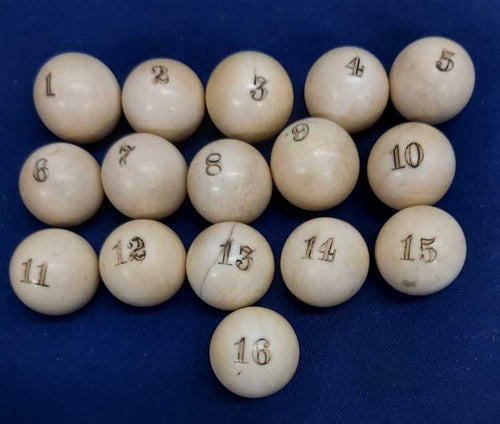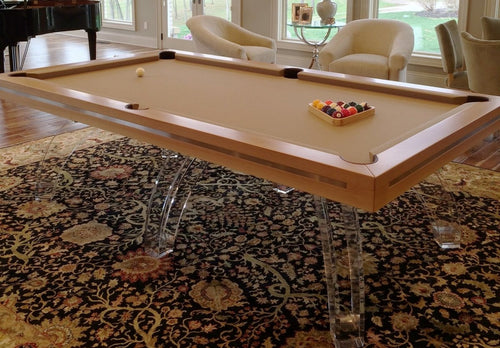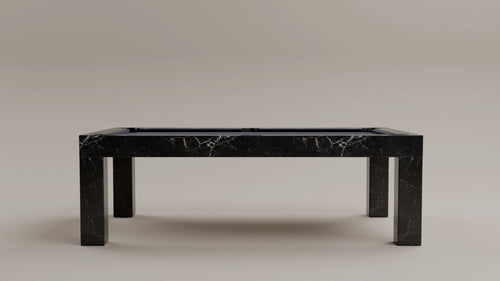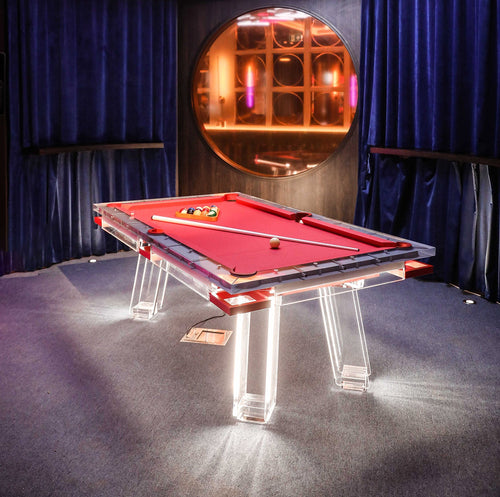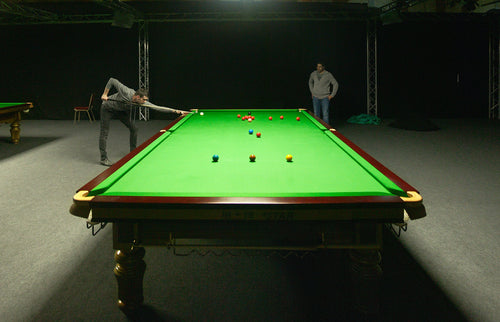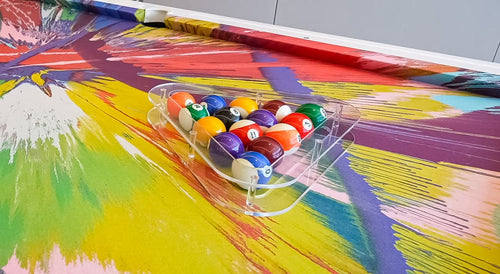Enjoy our modern designs
Estimated Read Time: 5 mins |
Wall finishes aren’t afterthoughts; they’re core material choices that drive mood, durability, and function. Treat them like any other major finish—flooring, ceilings, millwork—and the entire scheme falls into place.
Why Wall Finishes Matter
- Visual impact: Walls dominate the field of view, so their color, texture, and sheen set the room’s tone.
- Performance: Choices affect cleanability, wear, moisture resistance, and acoustics.
- Cohesion: Coordinated finishes link floors, ceilings, and furnishings into one narrative.
- Client communication: Material boards and finish plans hinge on clear wall‑finish selections.
Core Finish Categories
Plaster
Flat base for paint or wallpaper, or a finish in its own right (polished Venetian, limewash). Durable, breathable, and ideal for subtle texture.
Paint
- Water‑based: Low odor, quick dry—ideal for walls and ceilings.
- Oil/alkyd: Hard‑wearing for trim but watch VOCs.
- Sheen matters: Flat hides flaws; eggshell balances cleanability; satin to gloss highlights detail.
Wood Paneling
Tongue‑and‑groove boards, modern slats, or traditional wainscot. Adds warmth and acoustic mass; can be sealed, stained, or painted.
Wallcoverings
- Paper & Vinyl: From heritage prints to high‑tech graphics; vinyl excels in wet or high‑traffic zones.
- Fabric‑wrapped panels: Luxurious, sound‑absorbent, great for bedrooms or theaters.
- Commercial hybrids: Multi‑material coverings with integrated acoustics or wayfinding graphics.
Permanent Claddings
- Ceramic or porcelain tile: Hygienic, water‑proof; endless sizes and patterns.
- Laminate panels: Impact‑resistant, ideal for “pod” kitchens or baths in commercial shells.
- Exposed brick or stone: Textural punch; seal to control dust.
Texture, Color, Light—The Trio That Sells the Scheme
- Rough absorbs light and mutes color; smooth reflects and amps it up.
- Contrasting textures (matte plaster against gloss lacquer) create depth.
- Natural light shifts perceived hue; test large samples on site before sign‑off.
Technical Documentation Essentials
- Finish schedules: Tag paint codes, wallpaper patterns, panel systems.
- Wall finish plans: Show start/stop points, datum lines, and waterproof zones.
- Interior elevations & sections: Detail substrate, trim intersections, and tile coursing.
- Base conditions: Specify profiles, heights, and paint sheens for baseboards to cleanly bridge wall and floor.
Best‑Practice Notes
- Always prime—proper prep outlasts the swankiest topcoat.
- Match finish to traffic: semigloss in kids’ corridors, scrubbable vinyl in healthcare, epoxy or cement board behind showers.
- Balance sustainability with performance: low‑VOC paints, FSC wood panels, recyclable acoustic tiles.
- Mock up critical junctions—color, sheen, and texture read differently in situ than on sample cards.
Final Word
Walls are the canvas, but finishes are the brushstrokes that give them life. Choose and document them with intent, and every other element—flooring, ceilings, furnishings—will lock into a cohesive, high‑performing interior that looks as good on day one as it does years down the line.

